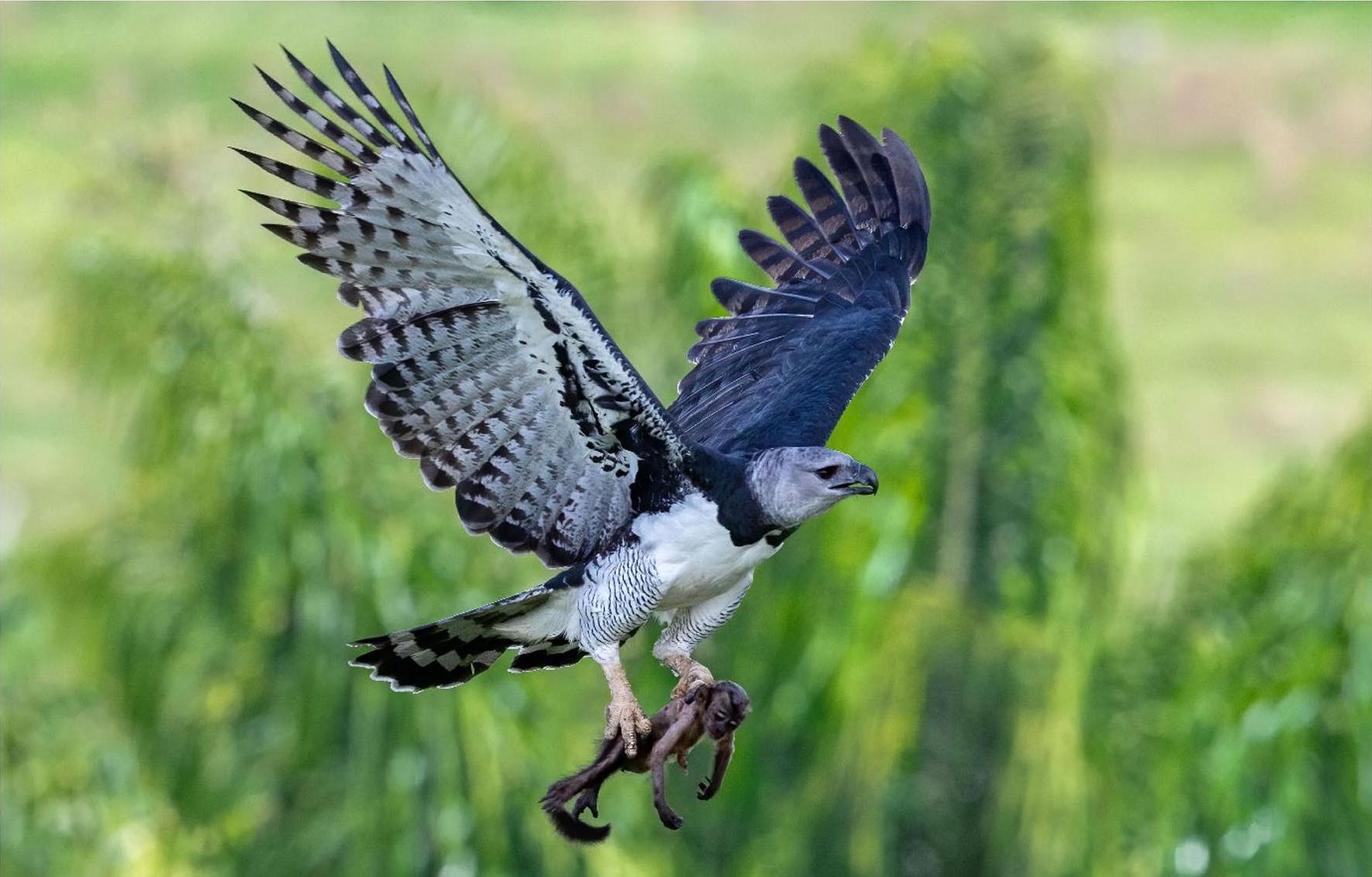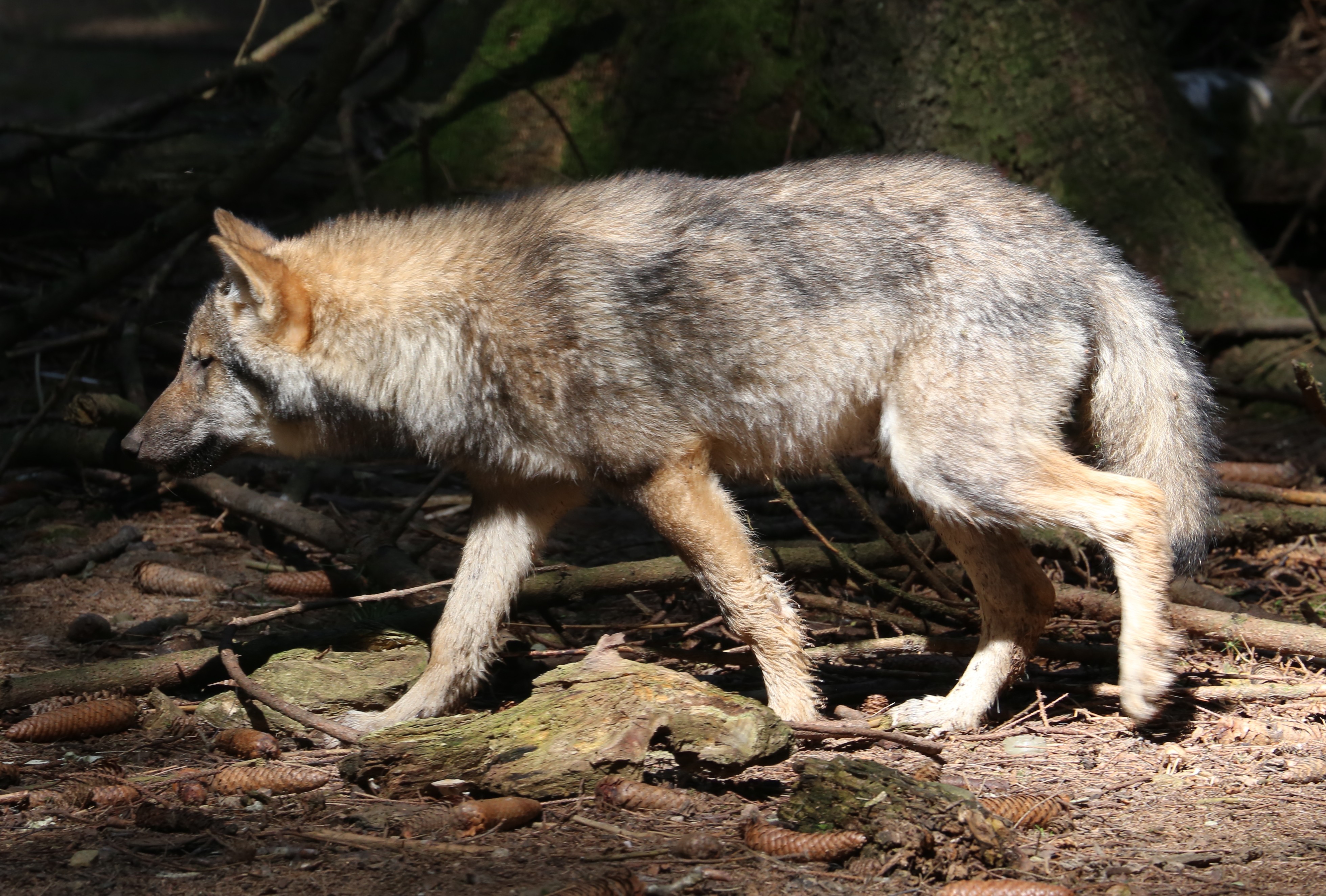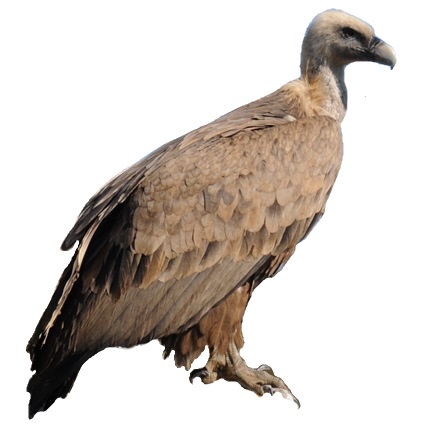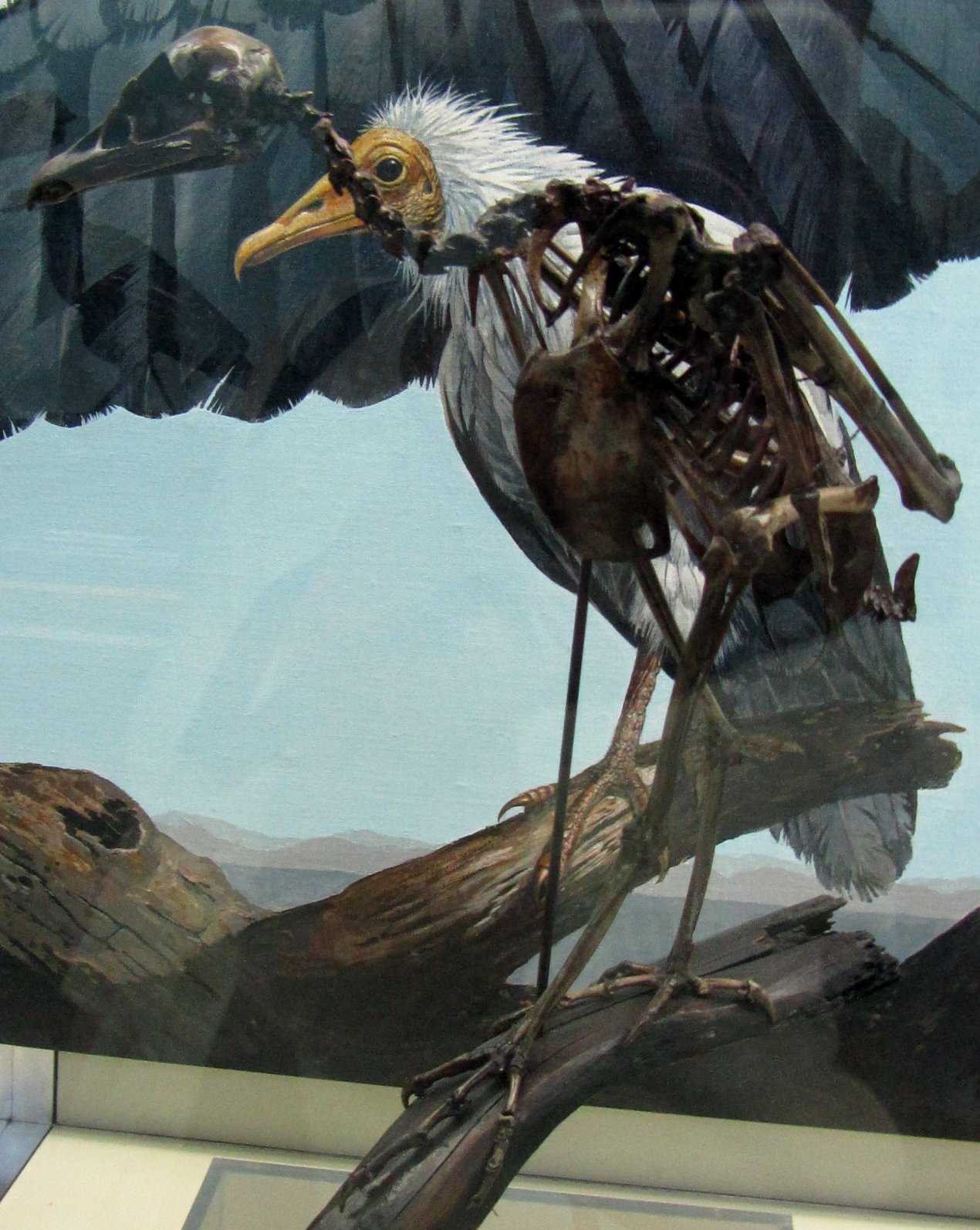|
Harpy Eagle
The harpy eagle (''Harpia harpyja'') is a large Neotropical realm, neotropical species of eagle. It is also called the American harpy eagle to distinguish it from the Papuan eagle, which is sometimes known as the New Guinea Harpy Eagle, New Guinea harpy eagle or Papuan harpy eagle. It is the largest bird of prey throughout its range, and among the largest Extant taxon, extant species of eagles in the world. It usually inhabits tropical lowland rainforests in the upper (emergent) canopy (biology), canopy layer. Destruction of its natural habitat has caused it to vanish from many parts of its former range, and it is nearly extirpated from much of Central America. The genus ''Harpia'', together with ''Harpyopsis'', ''Macheiramphus'' and ''Morphnus'', form the subfamily Harpiinae. Taxonomy The harpy eagle was first described by Carl Linnaeus in his landmark 1758 10th edition of Systema Naturae, 10th edition of ''Systema Naturae'' as ''Vultur harpyja'', after the mythological beast ha ... [...More Info...] [...Related Items...] OR: [Wikipedia] [Google] [Baidu] |
Holocene
The Holocene () is the current geologic time scale, geological epoch, beginning approximately 11,700 years ago. It follows the Last Glacial Period, which concluded with the Holocene glacial retreat. The Holocene and the preceding Pleistocene together form the Quaternary period. The Holocene is an interglacial period within the ongoing Ice age, glacial cycles of the Quaternary, and is equivalent to Marine isotope stages, Marine Isotope Stage 1. The Holocene correlates with the last maximum axial tilt towards the Sun of the Earth#Axial tilt and seasons, Earth's obliquity. The Holocene corresponds with the rapid proliferation, growth, and impacts of the human species worldwide, including Recorded history, all of its written history, technological revolutions, development of major civilizations, and overall significant transition towards urban culture, urban living in the present. The human impact on modern-era Earth and its ecosystems may be considered of global significance for th ... [...More Info...] [...Related Items...] OR: [Wikipedia] [Google] [Baidu] |
Extirpated
Local extinction, also extirpation, is the termination of a species (or other taxon) in a chosen geographic area of study, though it still exists elsewhere. Local extinctions are contrasted with global extinctions. Local extinctions mark a change in the ecology of an area. It has sometimes been followed by a replacement of the species taken from other locations, such as with wolf reintroduction. Discussion Glaciation is one factor that leads to local extinction. This was the case during the Pleistocene glaciation event in North America. During this period, most of the native North American species of earthworm were killed in places covered by glaciation. This left them open for colonization by European earthworms brought over in soil from Europe. Species naturally become extinct from islands over time; this can be either local extinction if the species also occurs elsewhere, or in cases of island endemism, outright extinction. The number of species an island can support is ... [...More Info...] [...Related Items...] OR: [Wikipedia] [Google] [Baidu] |
Bird Of Prey
Birds of prey or predatory birds, also known as (although not the same as) raptors, are hypercarnivorous bird species that actively predation, hunt and feed on other vertebrates (mainly mammals, reptiles and smaller birds). In addition to speed and strength, these predators have bird vision, keen eyesight for detecting prey from a distance or during flight, strong feet with sharp talon (anatomy), talons for grasping or killing prey, and powerful, curved beaks for tearing off flesh. Although predatory birds primarily hunt live prey, many species (such as fish eagles, vultures and condors) also scavenge and eat carrion. Although the term "bird of prey" could theoretically be taken to include all birds that actively hunt and eat other animals, ornithologists typically use the narrower definition followed in this page, excluding many piscivorous predators such as storks, Crane (bird), cranes, herons, gulls, skuas, penguins, and kingfishers, as well as many primarily insectivorous bir ... [...More Info...] [...Related Items...] OR: [Wikipedia] [Google] [Baidu] |
DNA Analysis
Genetic testing, also known as DNA testing, is used to identify changes in DNA sequence or chromosome structure. Genetic testing can also include measuring the results of genetic changes, such as RNA analysis as an output of gene expression, or through biochemical analysis to measure specific protein output. In a medical setting, genetic testing can be used to diagnose or rule out suspected genetic disorders, predict risks for specific conditions, or gain information that can be used to customize medical treatments based on an individual's genetic makeup. Genetic testing can also be used to determine biological relatives, such as a child's biological parentage (genetic mother and father) through DNA paternity testing, or be used to broadly predict an individual's ancestry. Genetic testing of plants and animals can be used for similar reasons as in humans (e.g. to assess relatedness/ancestry or predict/diagnose genetic disorders), to gain information used for selective breed ... [...More Info...] [...Related Items...] OR: [Wikipedia] [Google] [Baidu] |
Philippine Eagle
The Philippine eagle (''Pithecophaga jefferyi''), also known as the monkey-eating eagle or great Philippine eagle, is a critically endangered species of eagle of the family Accipitridae which is Endemism, endemic to forests in the Geography of the Philippines, Philippines. It has brown and white-colored plumage, a shaggy crest, and generally measures in length and weighs . The Philippine eagle is considered the largest of the extant eagles in the world in terms of length and wing surface area, with only Steller's sea eagle and the Harpy eagle being larger in terms of weight and bulk. It has been declared the national bird of the Philippines. It is also depicted in the Philippine one thousand-peso note.Kennedy, R. S., Gonzales, P. C.; Dickinson, E. C.; Miranda, H. C. Jr. and Fisher, T. H. (2000). ''A Guide to the Birds of the Philippines.'' Oxford University Press, New York. The species had been classified by the IUCN Red List as critically endangered with a declining populatio ... [...More Info...] [...Related Items...] OR: [Wikipedia] [Google] [Baidu] |
Accipitridae
The Accipitridae () is one of the four families within the order Accipitriformes, and is a family of small to large birds of prey with strongly hooked bills and variable morphology based on diet. They feed on a range of prey items from insects to medium-sized mammals, with a number feeding on carrion and a few feeding on fruit. The Accipitridae have a cosmopolitan distribution, being found on all the world's continents (except Antarctica) and a number of oceanic island groups. Some species are migratory. The family contains 256 species which are divided into 12 subfamilies and 75 genera. Many well-known birds such as hawks, eagles, kites, harriers and Old World vultures are included in this group. The osprey is usually placed in a separate family ( Pandionidae), as is the secretary bird ( Sagittariidae), and the New World vultures are also usually now regarded as a separate family or order. Karyotype data indicate the accipitrids analysed are indeed a distinct monophyletic ... [...More Info...] [...Related Items...] OR: [Wikipedia] [Google] [Baidu] |
Bat Hawk
The bat hawk (''Macheiramphus alcinus'') is a raptor found in sub-Saharan Africa and south Asia to New Guinea. It is named for its diet, which consists mainly of bats. It requires open space in which to hunt, but will live anywhere from dense rainforest to semi-arid veld. Description The bat hawk is a slender, medium-sized bird of prey, usually about 45 cm long. It has long wings and a falcon Falcons () are birds of prey in the genus ''Falco'', which includes about 40 species. Some small species of falcons with long, narrow wings are called hobbies, and some that hover while hunting are called kestrels. Falcons are widely distrib ...-like silhouette while in flight. Adults are dark brown or black, with a white patch on the throat and chest, and have a white streak above and below each eye. Juveniles are mottled brown and have more white plumage than adults. Behaviour Hunting Bats are the usual prey of the bat hawk, although they may eat small birds, such as swallow ... [...More Info...] [...Related Items...] OR: [Wikipedia] [Google] [Baidu] |
Crested Eagle
The crested eagle (''Morphnus guianensis'') is a large Neotropical eagle. It is the only member of the genus ''Morphnus''. The crested eagle can grow up to long, with a wingspan up to , and weigh up to . The plumage varies between a light brownish-gray to sooty gray or even blackish in some cases. It has a white throat and a dark spot on the crest and a small dark mask across the eyes. It ranges extensively throughout Central and South America, but not in large numbers. favoring tropical lowland forest. A powerful predator, its diet consist mainly of small mammals, rodents, snakes and smaller birds. Despite their large distribution, they are currently classified as Near Threatened by the IUCN, due mainly to habitat loss Description This species is a large but slender eagle. It measures long and has a wingspan of . A small handful of crested eagles have been weighed and have scaled from . The average weight of crested eagles in Tikal, Guatemala was claimed to be only , with a ... [...More Info...] [...Related Items...] OR: [Wikipedia] [Google] [Baidu] |
Harpy
In Greek and Roman mythology, a harpy (plural harpies, , ; ) is a half-human and half-bird mythical creature, often believed to be a personification of storm winds. They feature in Homeric poems. Descriptions Harpies were generally depicted as birds with the heads of maidens, faces pale with hunger and long claws on their hands. Roman and Byzantine writers detailed their ugliness. Pottery art depicting the harpies featured beautiful women with wings. Ovid described them as human- vultures. Hesiod To Hesiod, they were imagined as fair-locked and winged maidens, who flew as fast as the wind: Aeschylus Even as early as the time of Aeschylus, harpies were thought to be ugly creatures with wings, and later writers carried their notions of the harpies so far as to represent them as most disgusting monsters. The Pythian priestess of Apollo compares the appearance of the Erinyes, chthonic goddesses of vengeance, with those of harpies in the following lines of The Eumenides: ... [...More Info...] [...Related Items...] OR: [Wikipedia] [Google] [Baidu] |
Harpiinae
The Harpiinae is a bird of prey subfamily which consists of large broad-winged species native to tropical forests. There are 4 Genus, genera in the subfamily, all Monotypic taxon, monotypic. The cladogram of the Harpiinae shown below is based on a molecular phylogenetic study of the Accipitridae by Therese Catanach and collaborators that was published in 2024. Species References Harpiinae, Bird subfamilies Eagles {{Accipitriformes-stub ... [...More Info...] [...Related Items...] OR: [Wikipedia] [Google] [Baidu] |
Morphnus
The crested eagle (''Morphnus guianensis'') is a large Neotropical eagle. It is the only member of the genus ''Morphnus''. The crested eagle can grow up to long, with a wingspan up to , and weigh up to . The plumage varies between a light brownish-gray to sooty gray or even blackish in some cases. It has a white throat and a dark spot on the crest and a small dark mask across the eyes. It ranges extensively throughout Central and South America, but not in large numbers. favoring tropical lowland forest. A powerful predator, its diet consist mainly of small mammals, rodents, snakes and smaller birds. Despite their large distribution, they are currently classified as Near Threatened by the IUCN, due mainly to habitat loss Description This species is a large but slender eagle. It measures long and has a wingspan of . A small handful of crested eagles have been weighed and have scaled from . The average weight of crested eagles in Tikal, Guatemala was claimed to be only , with a ... [...More Info...] [...Related Items...] OR: [Wikipedia] [Google] [Baidu] |
Macheiramphus
The bat hawk (''Macheiramphus alcinus'') is a raptor found in sub-Saharan Africa and south Asia to New Guinea. It is named for its diet, which consists mainly of bats. It requires open space in which to hunt, but will live anywhere from dense rainforest to semi-arid veld. Description The bat hawk is a slender, medium-sized bird of prey, usually about 45 cm long. It has long wings and a falcon-like silhouette while in flight. Adults are dark brown or black, with a white patch on the throat and chest, and have a white streak above and below each eye. Juveniles are mottled brown and have more white plumage than adults. Behaviour Hunting Bats are the usual prey of the bat hawk, although they may eat small birds, such as swallows, swifts, and nightjars, or even insects. They hunt by chasing their prey at high speeds in flight. 49.3% of their hunts are successful. Bats are captured by the use of small talons, and swallowed whole immediately in flight. Hunting methods may be simi ... [...More Info...] [...Related Items...] OR: [Wikipedia] [Google] [Baidu] |








